Manga is an onion the size of a small city. There’s a manga for every genre and even some subsets within those genres. I’m no expert on the subject, so if you’re a manga fan factor in whilst I tell you about Manga Yokai Stories Ghostly Tales From Japan. This is a collection of stories that were originally compiled by Lufcadio Hearn in the late 1800s. As older stories go, they might change over time and Manga Yokai Stories Ghostly Tales From Japan have been retold by Sean Michael Wilson. There’s a preface in the book from Wilson that explains how and why he crafted the stories. They do stick very close to the traditional stories but might have been tweaked to better conform with the pacing of a graphic novel or manga. The result is a fascinating look that’s part cultural history, dread, and horror that serves as an example of what makes manga so popular with millions of fans around the world.
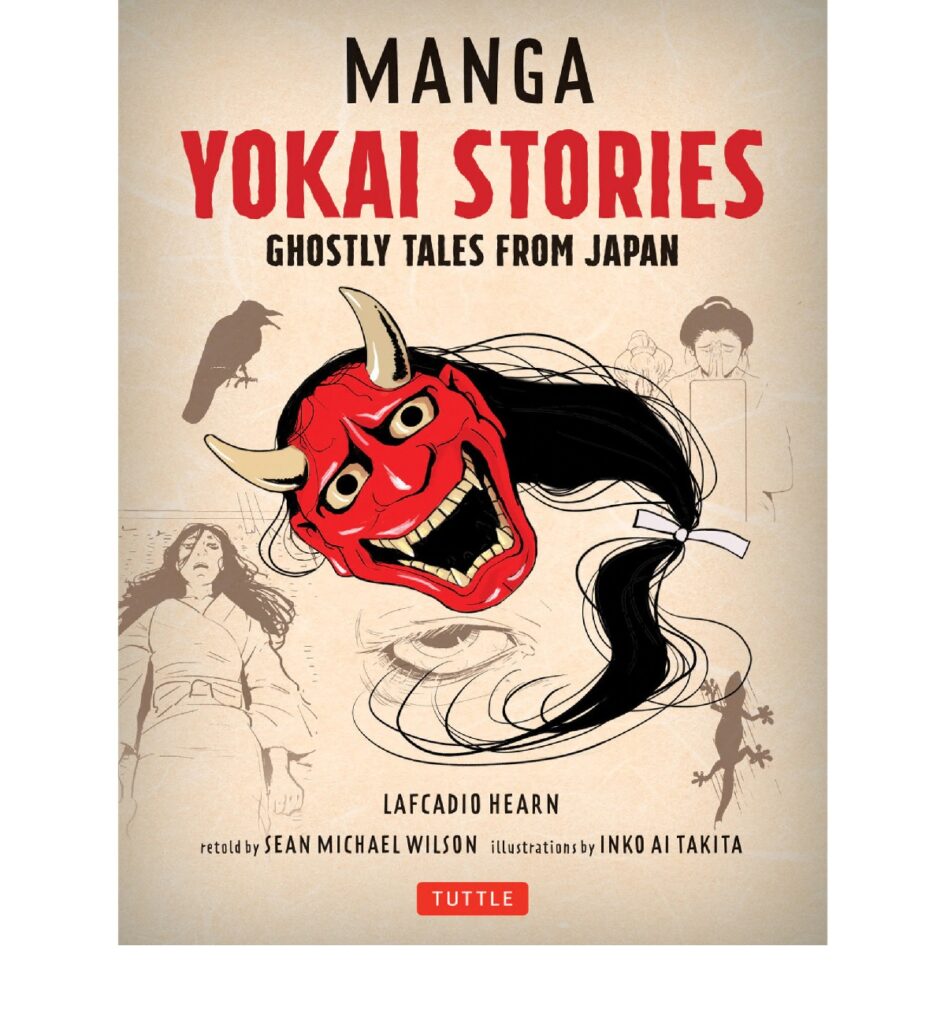
This is a manga in the traditional form of the book. Yokai Stories opens from the right, which is contrary to how western audiences are used to starting a book. The right-to-left flow continues as you read the book. This way of reading took a moment for me to really get used to so that I could enjoy the flow of the book. It’s important for this fact not to intimidate middle or high school readers. Those who haven’t seen a manga before will state how weird it is, while their manga-friendly friends who have been reading them for years will simply roll their eyes and welcome them to the club.
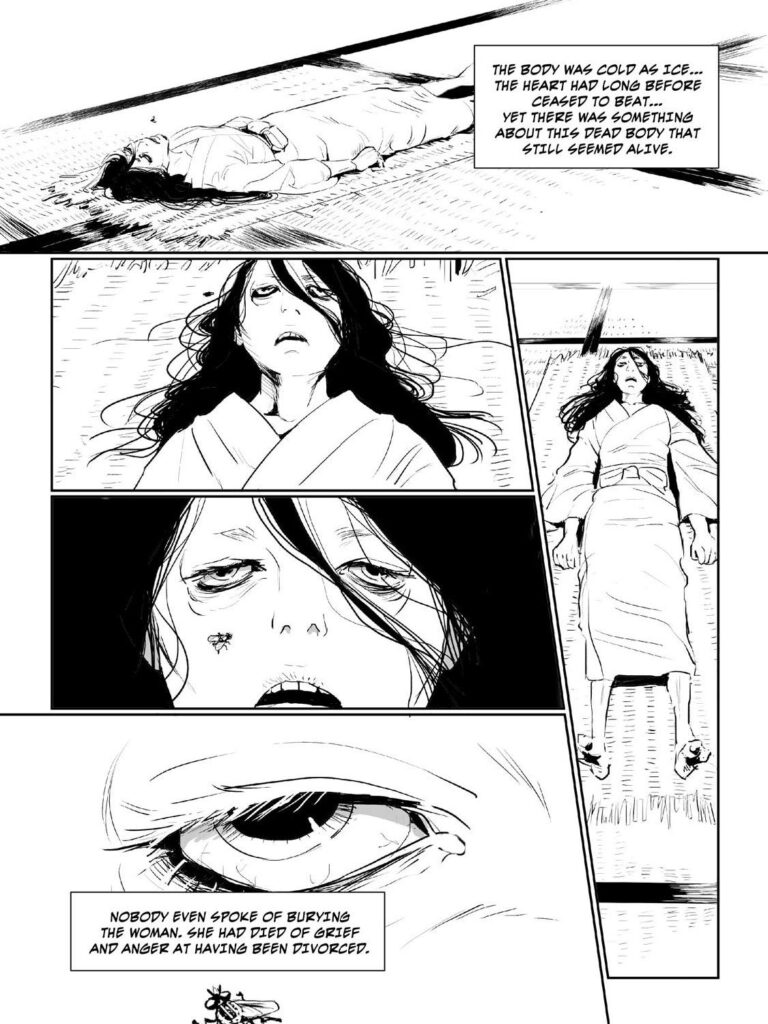
The illustrations in Ghostly Tales From Japan are from Inko Ai Takita and utterly complete the manga. They provide movement, emotion, feelings of dread, terror, humor, and loss in a manner that belie simplicities that some associate with the black and white illustrations. I grew up on comic books that were printed in color. When I lived in Japan I never got into manga. Part of that was because they were in Japanese, but the other part was their lack of color. I associated the duo chromatic look as not being interesting. It could be because this manga is more action or visually oriented, but I get it now and the lack of color wasn’t an issue at all. I’m not in any danger of searching out some teen basketball manga, but I certainly won’t shy away from ghost or horror manga in the future.
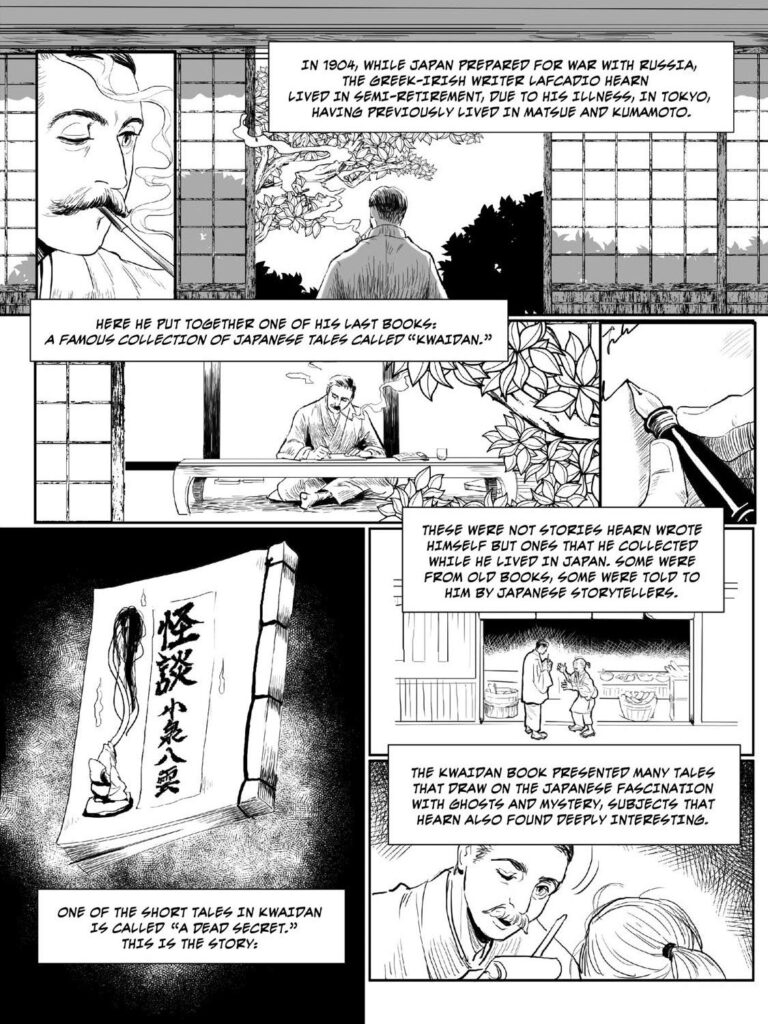
Some of the illustrations might be too graphic for younger middle school audiences. There’s a decapitated body, some disembodied heads, corpses, or zombies that appear in the manga. They are not overly graphic, but they are powerful. Those instances are natural parts of the story and aren’t there just for the sake of gore. In some cases, they also provide teachable lessons or add levity to the story.
Nuke-kubi is a great example of this. Stop me if you’ve heard this one before, but it’s the story of a samurai who becomes a traveling priest. During his travels, he meets a man who offers him a warning about the spirits that live in the forest. This man invites the priest to stay at his house, which turns out to be a hive of spiritual activity. One thing leads to another and our priest has the severed head of a bad man stuck to his robe. The separated head has latched onto it and won’t let go. There’s a story in those parts about goblins, light, darkness, curses and it’s up to the priest to solve the quandary of how to put this goblin in its correct place-in addition to not walking around with a bloodied head on your sleeve.
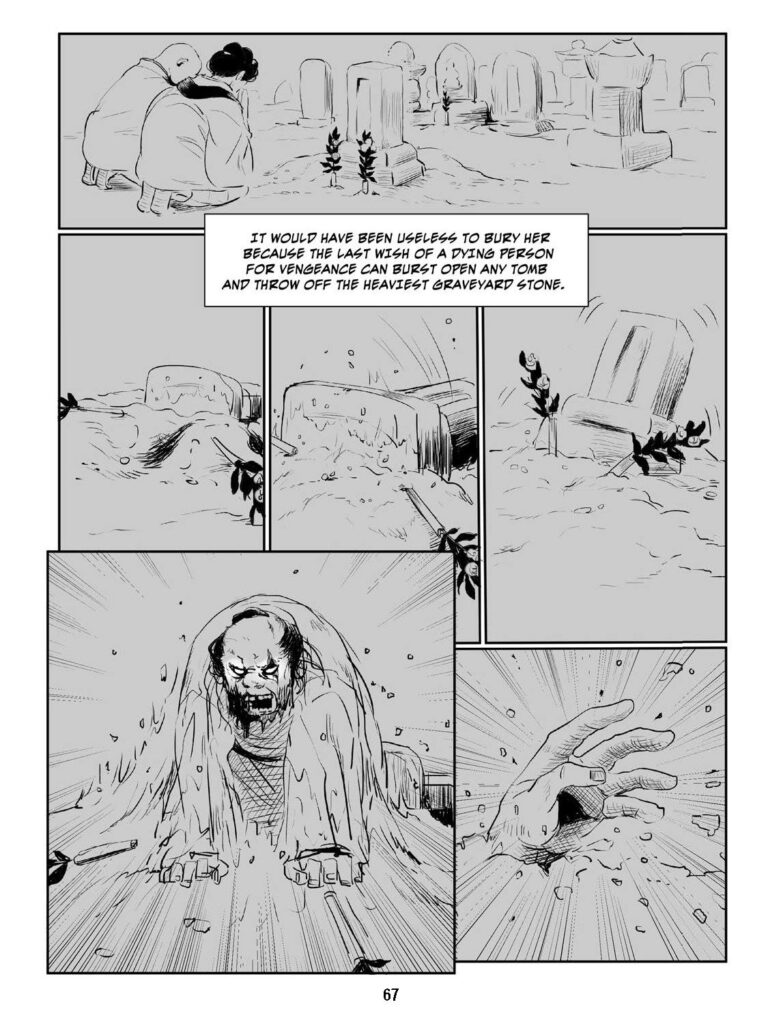
There is a lot of humor, in addition to some deeper lessons about ethics that play into all of the stories, but especially that one. The result is that all of the stories, despite some of the horror-type elements, are ones that most middle school audiences will love to read. Those horror or scary elements might make some western audiences think that this is a more mature book, but it’s not just for high school and up. This is a collection of stories that could easily fit into the middle school Asian collection. They are the sort of story that kids are already telling, it’s just that they’re told better here and with great artwork.
Manga Yokai Stories Ghostly Tales From Japan is by Lafcadio Hearn, retold by Sean Michael Wilson, with illustrations by Inko Ai Takita and on Tuttle Publishing.
There are affiliate links in this post.

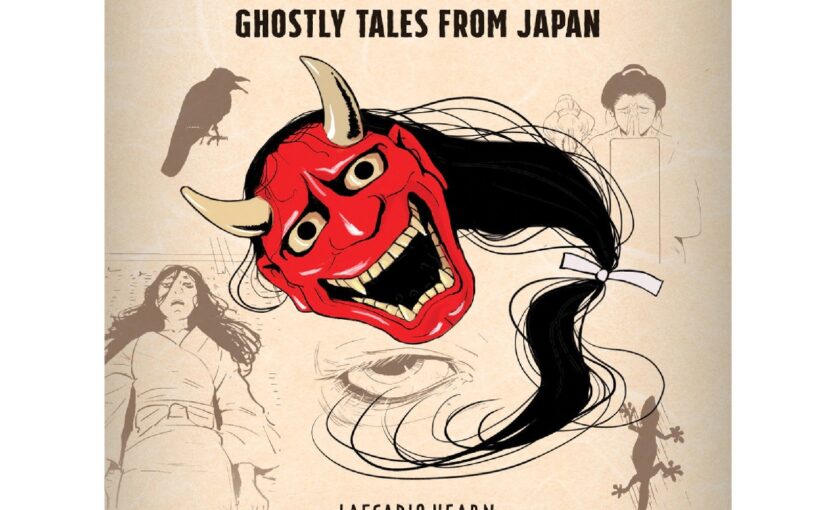



 Facebook
Facebook Twitter
Twitter Flickr
Flickr GooglePlus
GooglePlus Youtube
Youtube